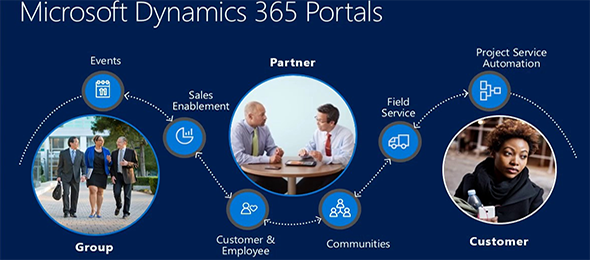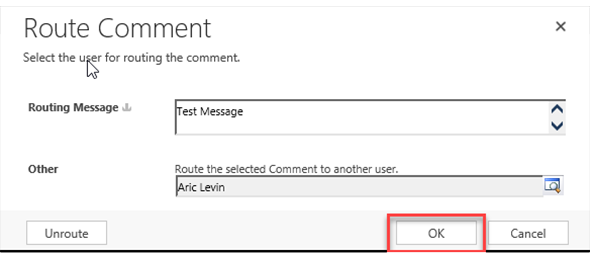Adding masking to form controls in Dynamics Portals
It is a pretty known practice today, that when creating a web application that requests data from customers, certain fields are masked so that the system can prevent the entry of incorrect data. This has been done in desktop applications for a long time and is now also very common in web based applications.


